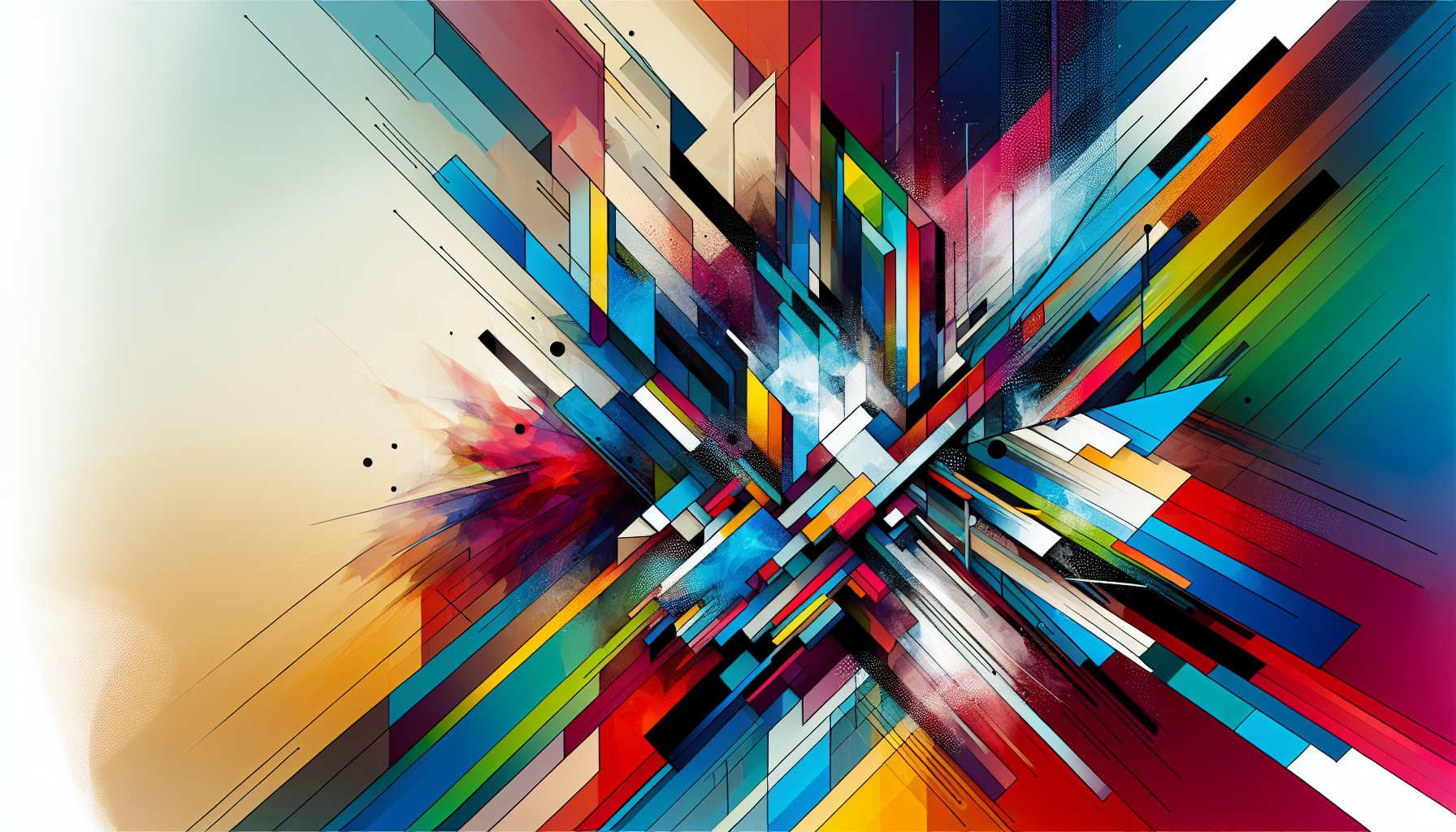In recent years, the art world has witnessed a surge of modern movements that are pushing the envelope like never before. These movements are not only redefining artistic boundaries but are also challenging societal perceptions and inspiring innovation across various disciplines. Here's a look at some of the key movements shaping contemporary art today.
1. Digital Art and Virtual Reality
With the advent of powerful technology, artists are exploring new dimensions through digital art and virtual reality (VR). No longer confined to physical media, art is expanding into virtual spaces, offering immersive experiences that engage viewers in entirely novel ways. Artists like Refik Anadol and Krista Kim are pioneering this digital revolution, creating works that blend data, light, and sound into mesmerizing installations. VR experiences allow audiences to enter alternate realms, transforming passive viewers into active participants.
2. Eco-Art and Sustainability
In response to growing environmental concerns, eco-art has emerged as a crucial movement within modern art. Artists are using their work to highlight ecological issues and promote sustainability. Figures like Olafur Eliasson and Agnes Denes incorporate natural elements and eco-friendly materials into their creations, challenging audiences to reconsider their relationship with nature. By integrating themes of conservation and climate change, these artists advocate for a more sustainable future through awareness and action.
3. Socially Engaged Art
Art has always been a medium for social commentary, but today it is becoming increasingly participatory and community-focused. Socially engaged art involves collaborations with communities, addressing pressing social issues such as inequality, human rights, and cultural identity. Artists like Ai Weiwei and Theaster Gates are leading the charge, facilitating dialogues that extend beyond gallery walls and into the fabric of daily life. Through their work, art becomes a vehicle for activism, encouraging societal change and empowerment.
4. Street Art and Urban Interventions
Once marginalized, street art has gained immense recognition and respect in the modern art world. It challenges traditional notions of art by occupying public spaces and making powerful political or social statements accessible to everyone. Artists like Banksy and JR have transformed streetscapes across the globe, using the urban environment as their canvas. Urban interventions often provoke thought, disrupt monotonous cityscapes, and democratize art by bringing it directly to the people.
5. Neo-Expressionism and Emotional Rawness
While digital technologies dominate much of the contemporary art scene, there remains a strong movement toward neo-expressionism, characterized by raw emotion and intense color palettes. This movement is a reaction against the impersonal feel of digital art, as artists like Cecily Brown and Daniel Richter return to traditional media to explore personal and often chaotic narratives. Neo-expressionism emphasizes the visceral experience of art, inviting viewers into a space of emotional intensity and introspection.
6. Intersectional Feminism and Gender Identity
The conversation around gender and identity is ever-evolving, and so is the art that embodies these themes. Intersectional feminism in art highlights diverse experiences of gender, race, and sexuality, with artists like Mickalene Thomas and Zanele Muholi exploring these complexities through their work. By challenging stereotypes and offering alternative narratives, this movement broadens the understanding of identity and encourages a more inclusive approach to both art and society.
Conclusion
As these movements demonstrate, modern art is a vibrant and continually evolving landscape. By challenging perceptions, breaking traditional boundaries, and addressing contemporary issues, today's artists are pushing the world of art into exciting, uncharted territories. These bold movements not only redefine what art can be but also inspire a greater conversation about the role of art in our lives and its potential to influence the future of society. Whether through technology, environmentalism, or social engagement, modern art remains a dynamic force for transformation and innovation.
